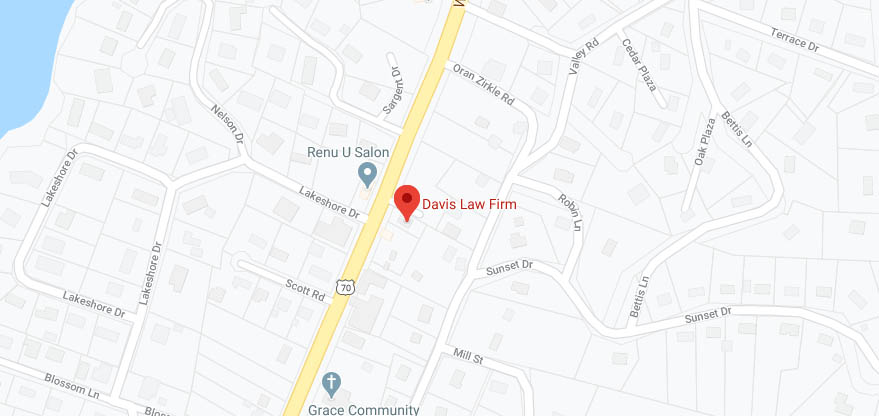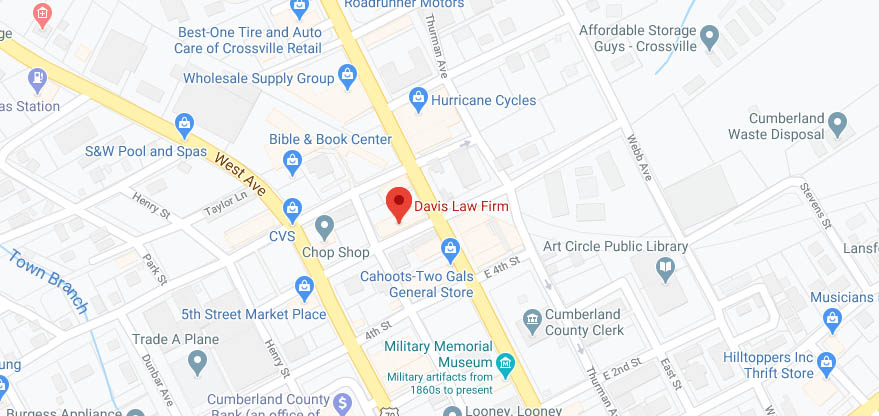Distracted driving has claimed the lives of hundreds of drivers and passengers. Most people already understand the extent of the problem, but there are distractions other than texting that can also pose as risks while driving in Tennessee. This is because driving is a very complicated series of actions that involves focused attention. Distractions can disrupt attention, which can disrupt safe driving practices. If you were in a car accident that involved a distracted driver, try talking to a Tennessee car accident lawyer about your options.
Distracted Driving Facts
According to driving statistics, it takes less than five seconds to drive the length of a football field when you are going 55 miles an hour. Imagine taking even three seconds to check a text message while driving on a busy highway. A driver could easily miss an upcoming turn or veer into the wrong lane without realizing it.
Texting is the most famous distraction, but there are other actions that can disrupt attention to the road. Checking a GPS, arguing with a passenger, heavy weather that impairs vision, and eating can all distract someone from driving safely. Each of these tasks requires a certain amount of attention to accomplish their goals. Any attention diverted away from the complexities of driving is a risk factor for car accidents.
How to Avoid Distractions While Driving
There are various ways to avoid driving distractions, thanks to new research and technology. The golden rule of driving is to not multitask because this divides up your ability to perform a task in half. Text, call, eat, or hit in the directions to your destination before you hit the gas pedal. If you need to do one of these things after you have already been driving, pull off to the side. Most of these activities only take five to 10 minutes.
The majority of smartphones now have a built-in app that prevents people from using their phone while driving. Some of these apps are able to send text messages, which tell the receiver that you are driving, to anyone who texts or calls. Newer cars have built-in phones that run through the radio and are often voice-activated or controlled with buttons on the steering wheel.
If you use a GPS, try to buy a GPS that works by voice commands and mount this device on your car in a place that keeps your eyes on the road instead of looking down. You can also have your GPS give you directions through an automated voice, so you do not have to keep looking at the digital map.





